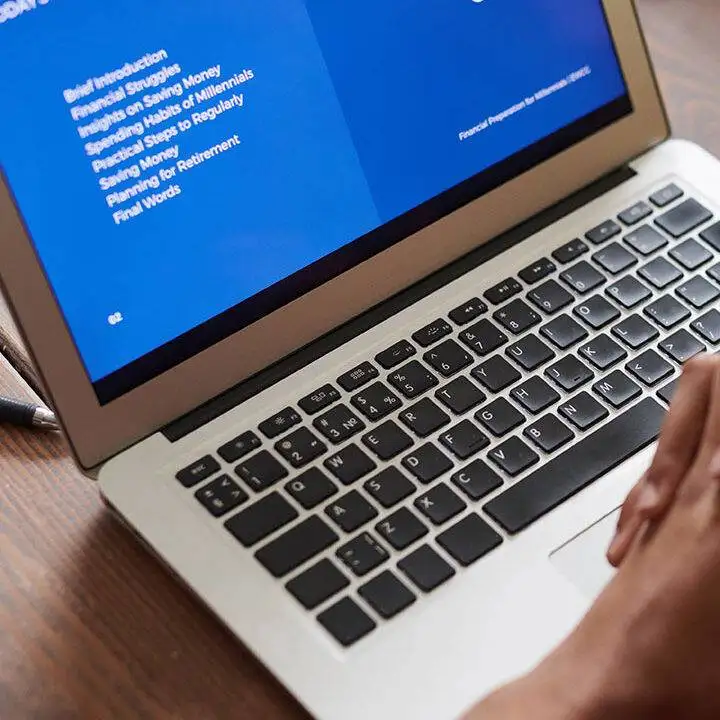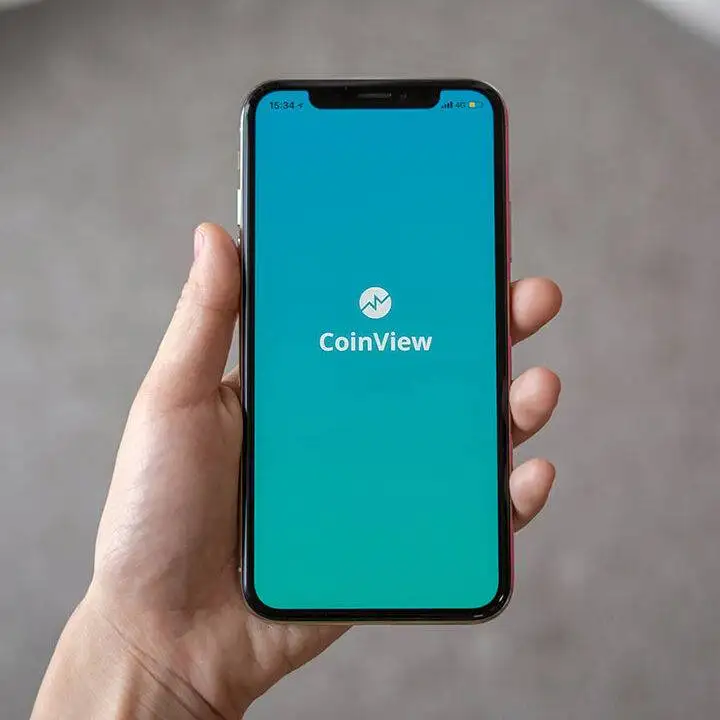![5[1] 5[1]](https://shiwantek.com/wp-content/uploads/elementor/thumbs/51-scaled-qg6nowqbxy7f0z8hhawiav0dc1m92iz9vq8gvqda9s.jpg)
LinkedIn Marketing: Navigating the Professional Networking Landscape
LinkedIn, with its focus on professional networking, offers a unique platform for businesses to establish their brand, connect with industry leaders, and engage with a professional audience. LinkedIn Marketing involves leveraging this platform to build relationships, generate leads, and enhance brand credibility. This comprehensive guide delves into the strategies and nuances of LinkedIn Marketing, providing insights to help businesses effectively navigate and utilize this professional network.
Understanding LinkedIn Marketing
LinkedIn Marketing is about using LinkedIn’s platform to promote your business, products, or services to a professional audience. It’s characterized by a focus on B2B interactions, professional content, and networking opportunities.
Key Components of LinkedIn Marketing
- Company Pages: A public profile for your business where you can share updates, insights, and job postings.
- Content Publishing: Sharing articles, posts, and updates to engage with your professional audience.
- LinkedIn Ads: Paid advertising options including Sponsored Content, Sponsored InMail, and Text Ads.
- Networking and Connections: Building a network of connections with industry professionals, potential clients, and partners.
- Groups and Communities: Participating in or creating LinkedIn groups to discuss industry-specific topics and share insights.
Understanding these components is essential for creating an effective LinkedIn marketing strategy.
Developing a LinkedIn Marketing Strategy
A successful LinkedIn Marketing strategy requires careful planning:
- Defining Your Objectives: Establish clear goals, such as building brand awareness, generating leads, or establishing thought leadership.
- Understanding Your Audience: Know the demographics, job titles, industries, and interests of your target audience on LinkedIn.
- Creating Professional Content: Develop and share content that is informative, relevant, and adds value to your professional audience.
- Optimizing Your Company Page: Ensure your company page is complete, up-to-date, and reflects your brand’s values and messaging.
- Engaging with Your Network: Actively engage with your connections by commenting, sharing, and participating in discussions.
Leveraging LinkedIn's Features for Enhanced Engagement
To maximize your impact on LinkedIn, utilize its various features effectively:
- Showcase Pages: Create pages for different aspects of your business to target specific audience segments.
- LinkedIn Pulse: Publish articles on LinkedIn Pulse to establish thought leadership and reach a wider audience.
- LinkedIn Analytics: Use LinkedIn’s analytics tools to track engagement and understand the performance of your content.
- LinkedIn Learning: Share insights or courses from LinkedIn Learning to provide value and engage with your audience.
- Advanced Search and Sales Navigator: Utilize advanced search features and LinkedIn Sales Navigator for targeted lead generation and networking.
Measuring and Optimizing Your LinkedIn Marketing Efforts
Effective measurement and optimization are crucial for LinkedIn Marketing success:
- Tracking Performance Metrics: Monitor key metrics such as page views, follower growth, and engagement rates.
- Analyzing Content Performance: Use LinkedIn Analytics to understand which types of content resonate with your audience.
- A/B Testing: Experiment with different content formats, posting times, and messaging to determine what works best.
- Responsive Strategy: Adapt your strategy based on analytics data and feedback from your audience.
- Integrating with Other Marketing Channels: Ensure your LinkedIn strategy complements your overall marketing efforts for a unified brand presence.
Staying Ahead in LinkedIn Marketing
LinkedIn is a constantly evolving platform, with new features and trends emerging regularly. To stay ahead, it’s important to keep up with the latest developments, adapt your strategy accordingly, and be willing to experiment with new content formats and marketing techniques. Engaging with industry leaders, attending LinkedIn-focused webinars, and actively participating in LinkedIn communities are effective ways to stay informed and agile.
Conclusion
LinkedIn Marketing offers a powerful opportunity for businesses to connect with a professional audience, build brand credibility, and generate leads. By understanding the platform’s features, developing a strategic approach, leveraging its diverse content formats, and continuously measuring and optimizing efforts, businesses can effectively use LinkedIn to achieve their marketing objectives. As the digital landscape continues to evolve, embracing the professional and networking-focused nature of LinkedIn is key to staying relevant and successful in the world of B2B marketing.






